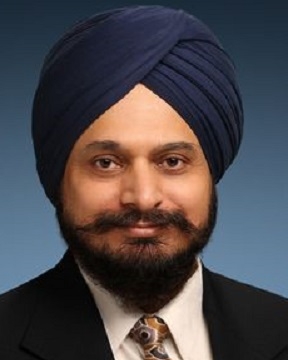
 |
Gurtej SandhuMicron TechnologyThe Future Of Memory Chip Technology Virk International Symposium (Intl Symp on Physics, Technology & Interdisciplinary Research for Sustainable Development) Back to Plenary Lectures » |
Abstract:Without advances in how the world physically stores and retrieves data, today’s most useful devices and algorithms would not exist. The dominant memory chip technologies such as NAND Flash and DRAM rode the wave of innovations in materials, process and device technologies to scale down the path of Moore’s law. Although physical scaling is becoming increasingly difficult, the forces and market pull driving cost, power and density scaling are growing relentlessly. The amount of memory in systems for example is increasing geometrically and the applications continue to diversify and expand from traditional handheld devices and large data centers. |
|